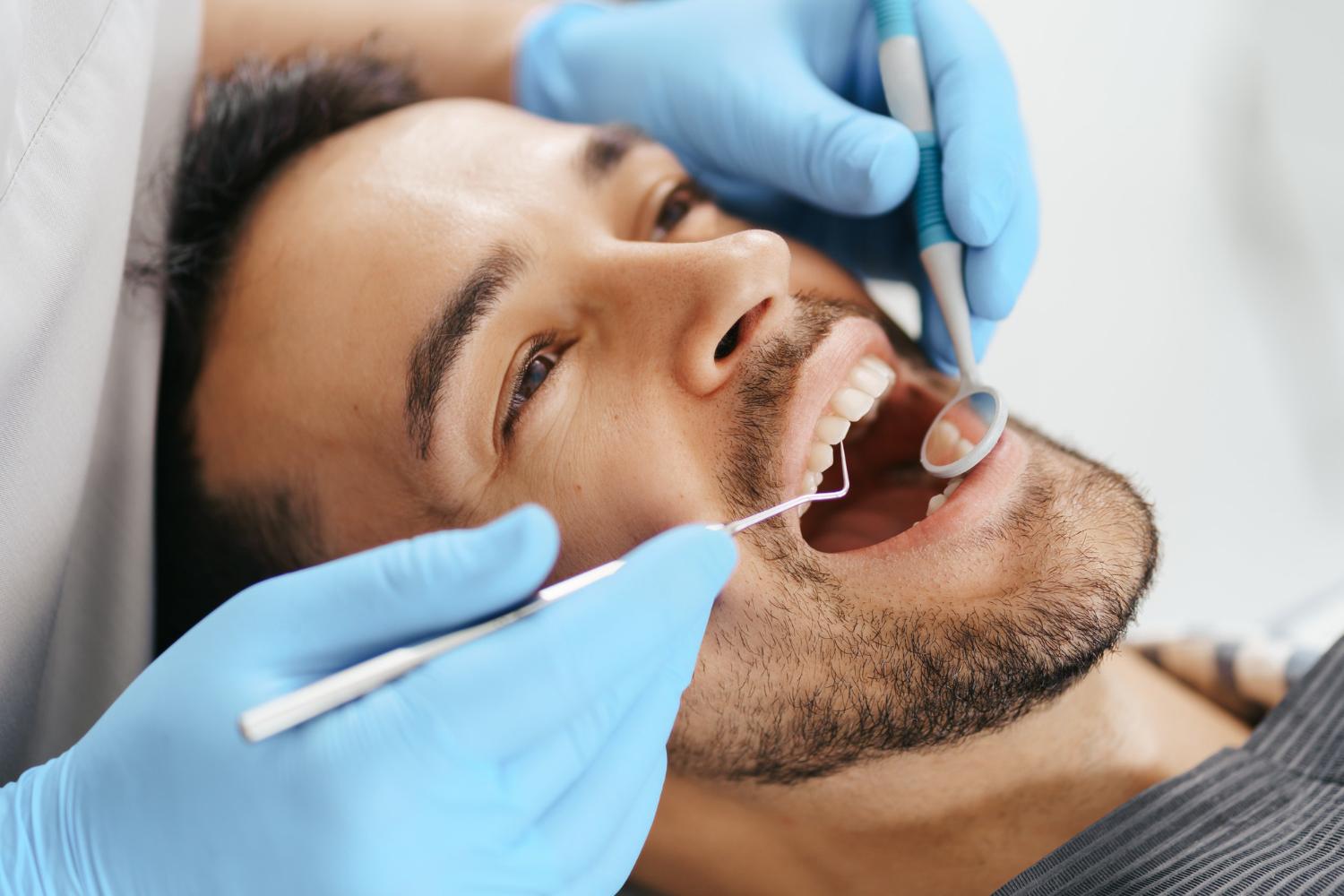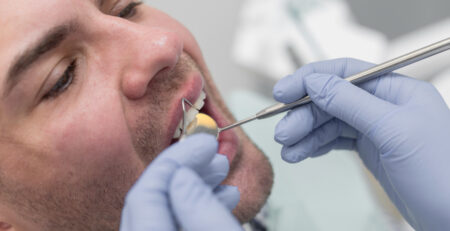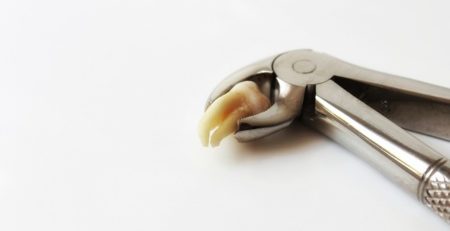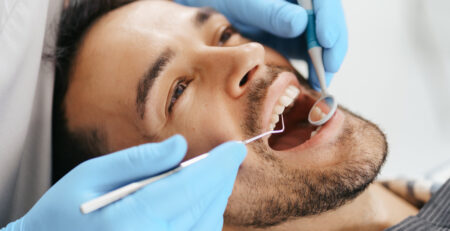How Often Should You See the Dentist?
Regular dental visits are a crucial part of maintaining overall health, yet many people wonder how often they should schedule those appointments. The answer isn’t one-size-fits-all. Your oral health needs change based on various factors, including your current health status, age, lifestyle habits, and any underlying conditions. Understanding the frequency of dental visits can help you stay on top of your oral health and prevent more serious problems down the line.

Standard Interval for Routine Dental Check‑Ins
For most people, routine dental check-ins are typically recommended every six months. These visits are designed for cleaning, checking for cavities, and monitoring general oral health. During these check-ups, the dentist looks for signs of gum disease, cavities, and other common issues that might be developing. Regular visits ensure that small problems are caught early before they develop into more serious conditions that may require extensive treatment.
While six-month intervals are the standard, some individuals may need more frequent visits depending on their oral health. This schedule works for those who have a generally healthy mouth, good oral hygiene practices, and minimal history of dental problems. If you’re someone who consistently keeps up with brushing, flossing, and overall care, this standard interval could be all you need for preventive maintenance.
Adjusting Visit Frequency Based on Oral Health Risk
Your risk of developing dental problems can increase depending on several factors, such as your oral hygiene habits, diet, and existing health conditions. For people who are prone to cavities, gum disease, or other oral health issues, more frequent dental visits may be necessary. If you’ve had multiple cavities in the past, suffer from frequent plaque buildup, or have a history of gum disease, your dentist may recommend more frequent check-ins to address and monitor these issues.
Those who wear braces, have crowns, or have had dental surgery may also require more frequent visits to ensure that everything is healing properly or staying in place. Regular check-ups allow your dentist to spot any potential problems early, so they don’t develop into more complicated or costly treatments later on. By adjusting your visit frequency based on your specific risk factors, you can maintain healthier teeth and gums over time.

When Underlying Conditions Require More Frequent Visits
Certain health conditions may necessitate more frequent dental visits. For example, individuals with diabetes, heart disease, or other chronic conditions may be at higher risk for gum disease and other dental complications. Diabetics, in particular, are more susceptible to infections in the mouth, and managing oral health is an essential part of controlling their disease.
Pregnancy is another time when more frequent dental visits may be recommended. Hormonal changes during pregnancy can lead to an increased risk of gum disease and other dental problems, making regular check-ups essential to keep things in check. If you have any underlying conditions, discussing your medical history with a Maple Ridge dentist will ensure that you receive the necessary dental support tailored to your specific needs.
Transitioning to Annual Visits After Stable Oral Health
Once your oral health has stabilized and you’ve been free of major dental issues for an extended period, your dentist may recommend transitioning to annual check-ups. This change often happens when you have strong oral hygiene habits, no active dental issues, and are maintaining healthy teeth and gums. For people with a history of good oral health, annual visits can be an effective and time-efficient way to ensure that your teeth remain in good shape.
That being said, it’s important to listen to your dentist’s recommendations. If any changes occur, such as signs of gum disease or cavities, your dentist may revert your visit schedule back to semi-annual visits to address these emerging concerns. Annual visits can work well for maintaining stability, but they may not be suitable for everyone, especially if any changes arise in your oral health.

How Age Influences Dental Visit Cadence
As we age, our dental needs tend to change, and this can influence how often we need to see a dentist. For young children, more frequent visits are important as their teeth are developing, and your dentist will monitor their growth and guide you on proper care. For adults, routine visits every six months are typically sufficient unless other factors come into play, such as oral health risks or lifestyle changes.
As we get older, the risk of issues like dry mouth, gum disease, and tooth decay increases, particularly for those who are on medications or have specific health concerns. Seniors may need to see their dentist more frequently to address these challenges and maintain the functionality and appearance of their teeth. Regular dental visits allow your dentist to check for early signs of problems and help ensure that you can maintain a healthy smile for years to come.
Impact of Lifestyle Habits on Your Dental Check‑Up Schedule
Lifestyle habits, such as smoking, alcohol consumption, and diet, can play a significant role in your dental health. For example, smokers are more prone to gum disease, tooth discoloration, and other dental issues, which may require more frequent visits to keep everything in check. Similarly, a diet high in sugar can increase your risk of cavities, and if you regularly consume sugary foods and drinks, more frequent check-ups can help address any emerging concerns.
Exercise habits also influence oral health. Athletes, especially those who engage in contact sports, may need more frequent dental visits to ensure their mouthguard is functioning properly and that their teeth are protected. Adapting your dental visit schedule based on your lifestyle choices ensures that you’re taking a proactive approach to oral health, especially if your habits increase your risk of dental issues.
Planning Visits Around Major Dental Work or Restorations
If you’ve had major dental work or restorations done—such as crowns, implants, or fillings—your dentist will likely schedule follow-up visits to monitor the work and make sure everything is healing correctly. These visits are crucial to ensuring that your restorations are functioning well and that no new issues arise. For example, after a root canal or dental implant, your dentist will want to make sure the procedure was successful and that there’s no risk of complications.
Depending on the complexity of the dental work, you may be asked to visit your dentist more frequently for the first few months or even a year. Once everything is stable, your dentist may adjust your visits back to the standard semi-annual or annual schedule. Keeping up with follow-up visits is an essential part of ensuring your investment in dental work remains successful.
Ensure Consistent Dental Care with Lumina Dental’s Expert Support
Maintaining a healthy smile requires regular attention, and at Lumina Dental, we’re here to help guide you every step of the way. Whether you’re due for a routine check-up or need specialized care, our team is dedicated to providing personalized dental support tailored to your specific needs. From children to seniors, we offer a full range of dental services to keep your oral health in top condition. Contact us today to schedule your next dental visit and take the first step toward better oral health. Our expert team is here to provide comprehensive care and ensure your smile remains bright and healthy for years to come.











